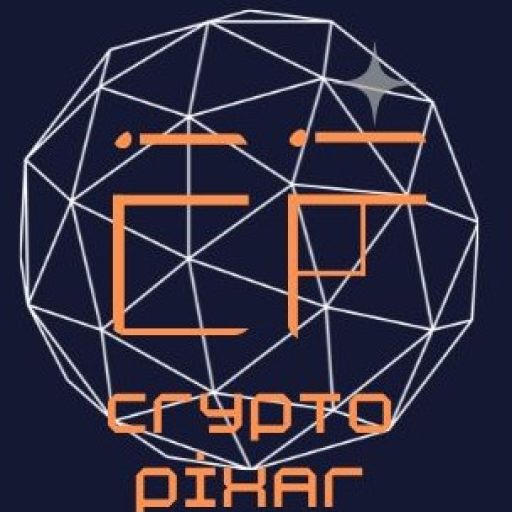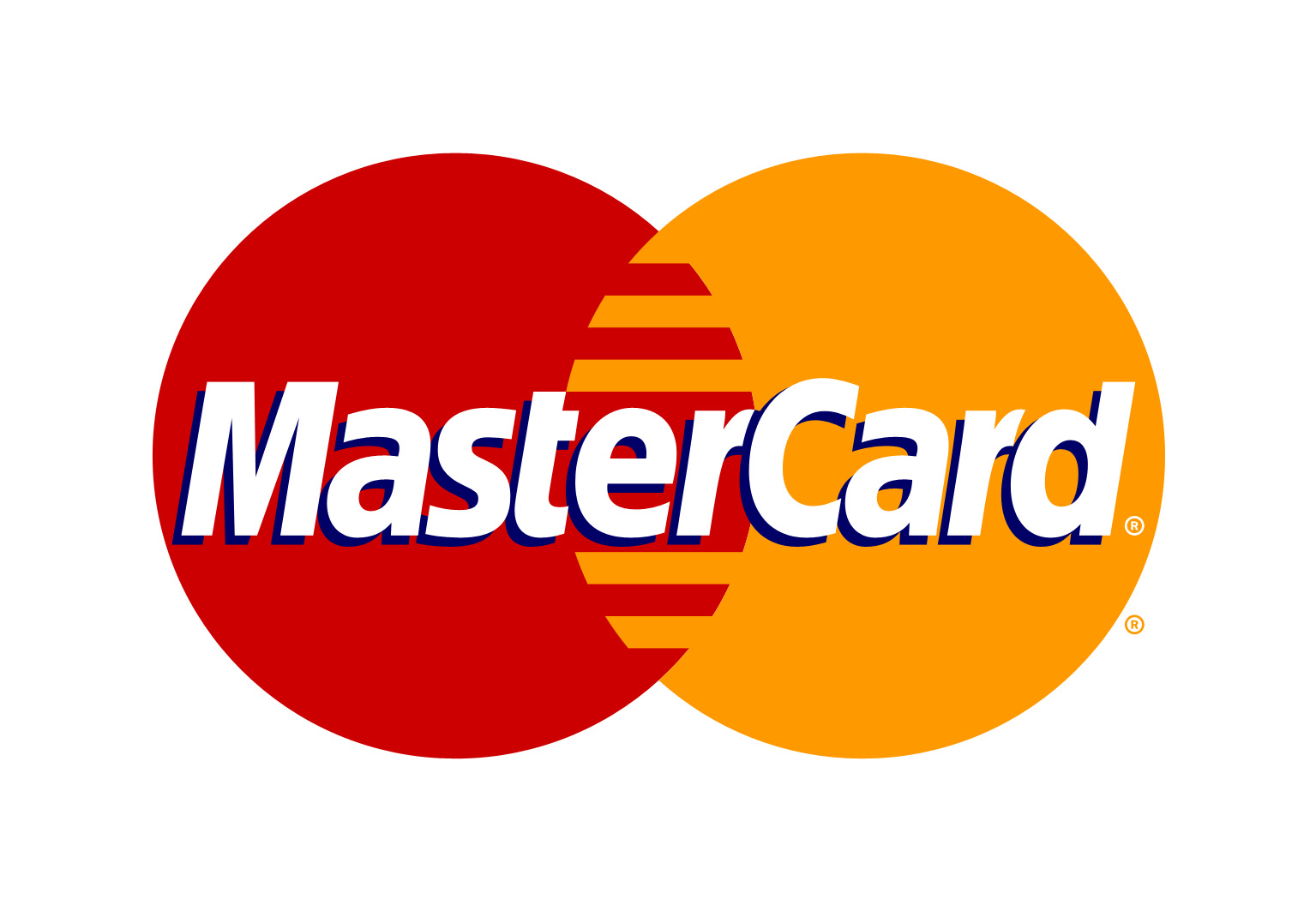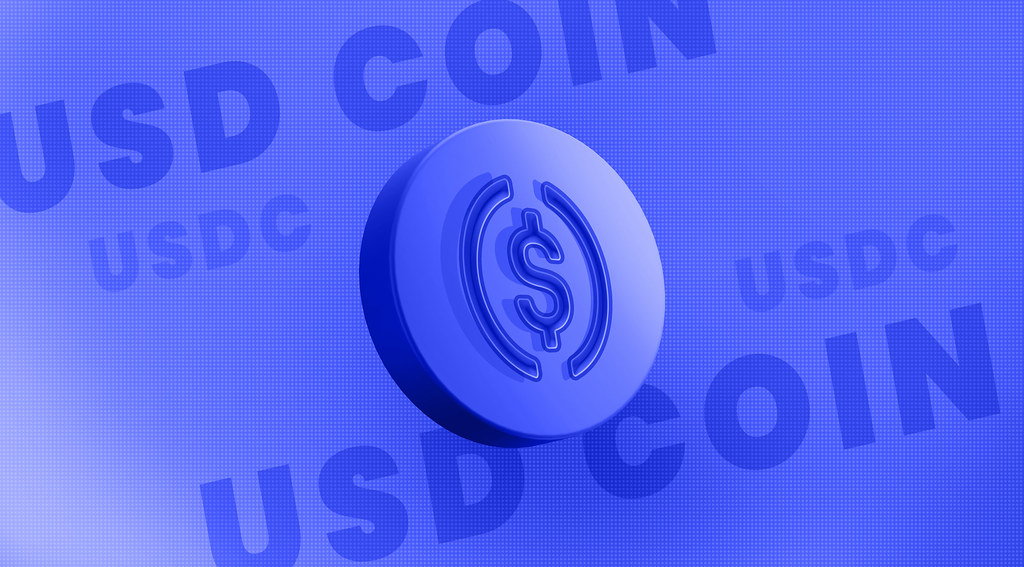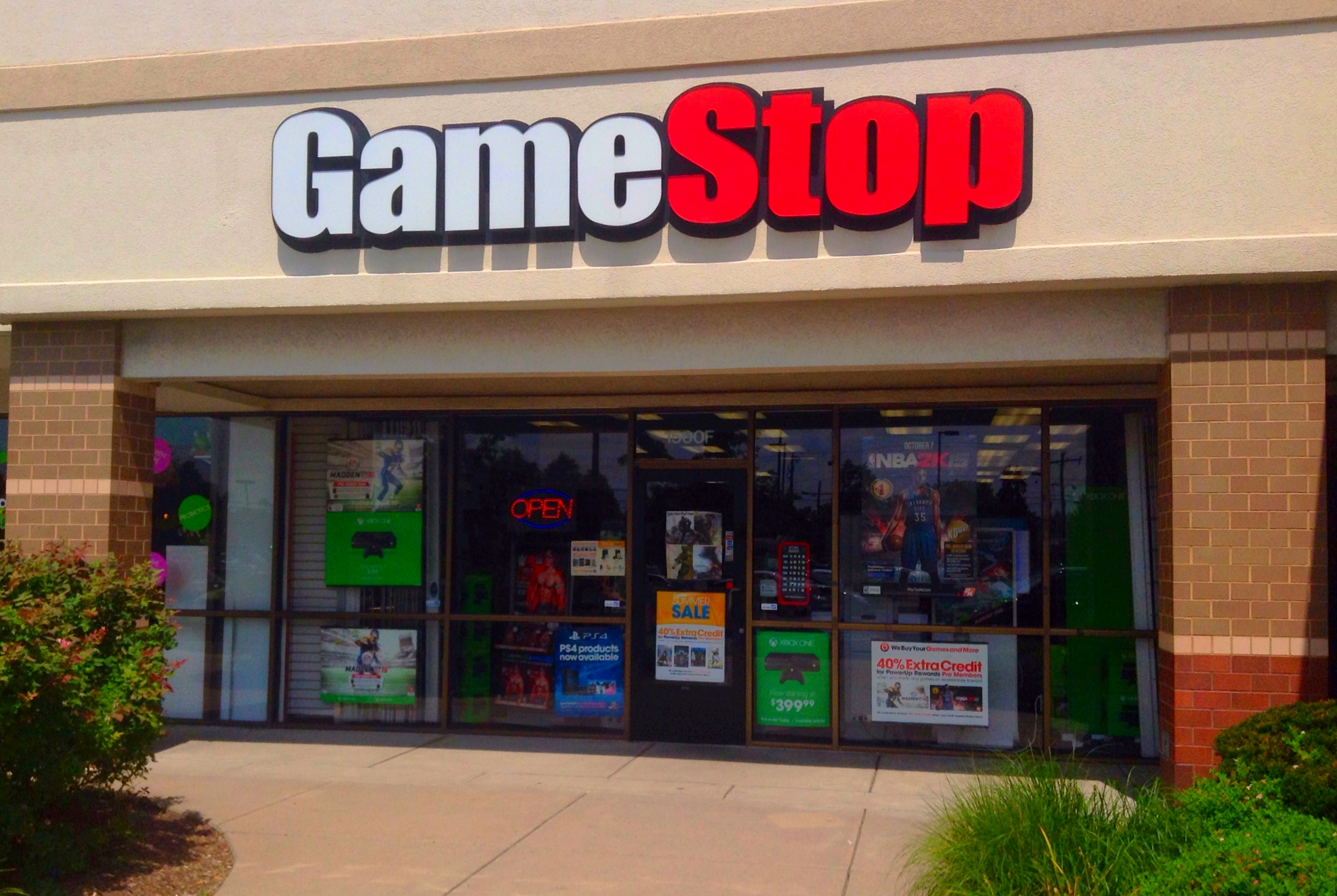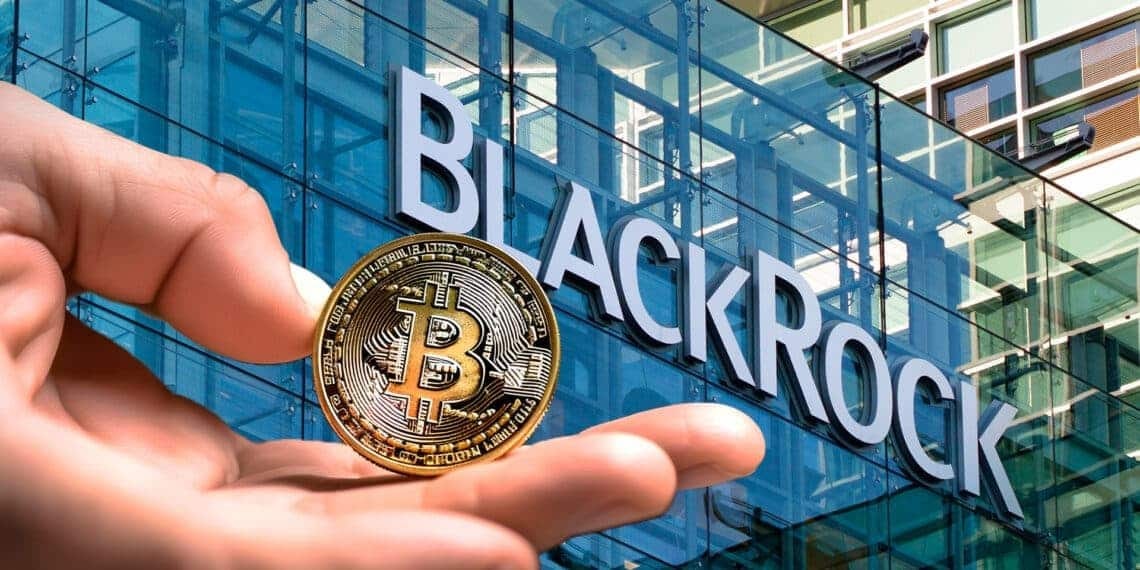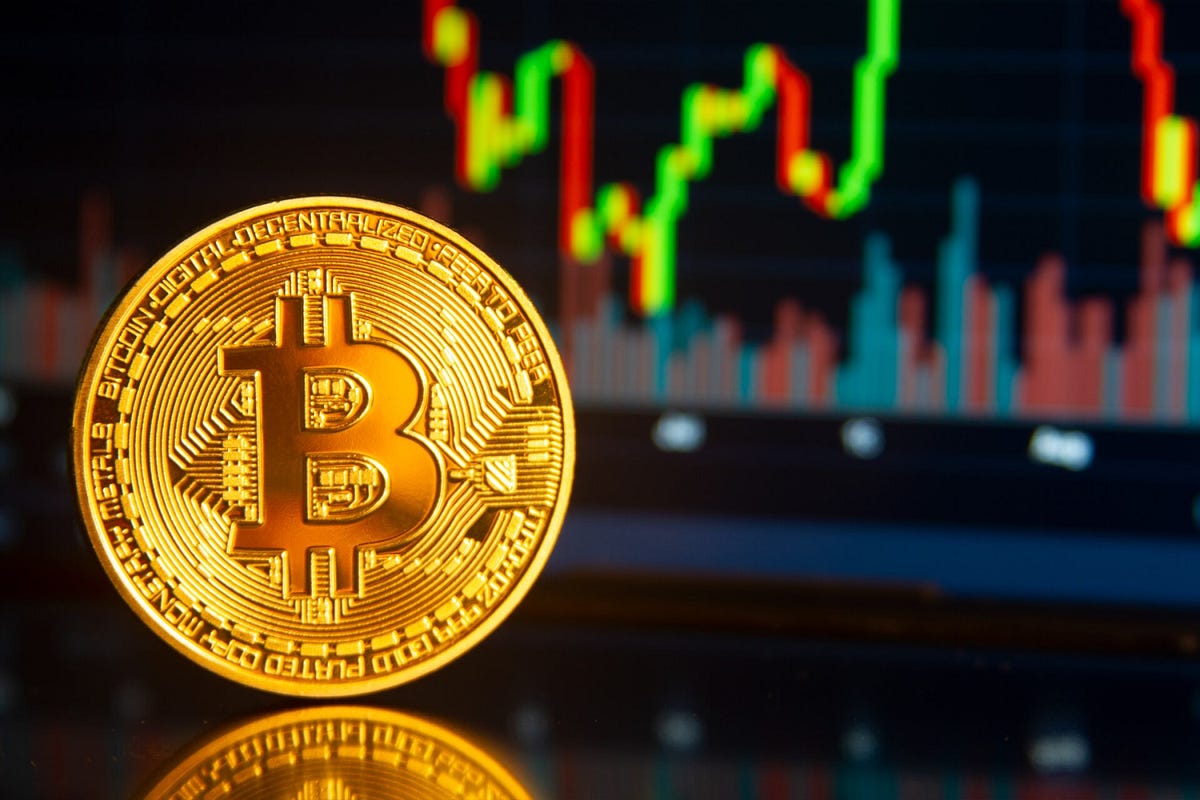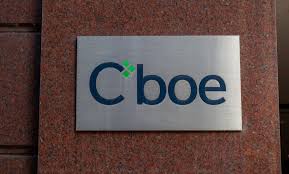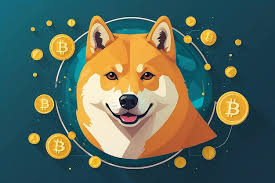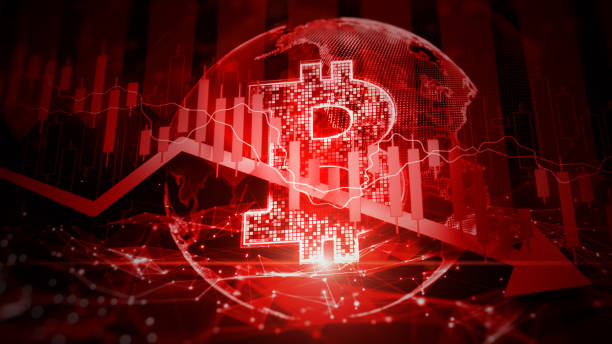World Liberty Financial, backed by the Trump family, announces WLFI token buyback and burn program after a sharp 41% price drop. Can this DeFi move stabilize the token’s future?
The DeFi sector has seen its fair share of experiments, but few projects attract attention quite like World Liberty Financial (WLFI)—a platform carrying the Trump family’s backing. After WLFI tokens shed 41% of their value in September, the project is preparing a bold response: a token buyback and burn strategy aimed at cutting supply and restoring investor confidence.
This move comes at a critical moment. As WLFI traded near $0.19, far from its early-September high of $0.33, the community rallied behind the decision to fight back against mounting selling pressure. With a resounding 99% approval in governance voting, WLFI holders have made it clear—they want a deflationary push to bring balance back to the ecosystem.
Why World Liberty Financial Is Turning to Buybacks
In traditional finance, companies repurchase shares to reduce supply and support valuations. In crypto, a buyback-and-burn mechanism serves the same purpose. Tokens purchased on the open market are sent to a burn address, removing them permanently from circulation.
For WLFI, the plan is simple yet aggressive. The project will use treasury liquidity fees collected from its positions on Ethereum, BNB Chain, and Solana to buy back WLFI tokens. Each round of purchases will then be burned, creating a constant deflationary loop.
The WLFI team emphasized that the strategy doesn’t affect community or third-party liquidity pools—only fees from WLFI-controlled positions will fuel the burning mechanism. Still, the symbolic impact of such a move cannot be underestimated, especially given the token’s rocky performance this month.
Community Greenlight: 99% Say Yes
Crypto projects often face backlash when implementing tokenomics changes. WLFI, however, appears to be one of the rare cases where the community is overwhelmingly aligned with the team. A near-unanimous 99% approval in the governance vote shows strong confidence in the project’s leadership and vision.
The team argues that this structure aligns growth with sustainability. More liquidity fees mean more buybacks, and more buybacks mean more burning. In short, platform adoption will directly accelerate WLFI scarcity—something holders are betting could reignite momentum.
The Numbers: How Much WLFI Will Be Burned?
Here’s where things get tricky. While community members speculate that as much as 4 million WLFI tokens could be burned daily—nearly 2% of the total supply annually—the team has not confirmed exact figures. The lack of clarity has left some investors cautious, as the real impact depends heavily on how much liquidity the platform can consistently generate.
For now, the WLFI token economy remains in flux. The buyback strategy may reduce supply over time, but without transparent targets, predicting the pace of deflation is difficult.
Can Buybacks Save WLFI’s Market Value?
The burning question (pun intended) is whether this strategy can actually stabilize WLFI. Historically, token buyback and burn programs have helped projects reduce volatility by absorbing excess supply during downturns. But results vary widely.
In WLFI’s case, the project is betting that combining high-profile backing, community support, and a deflationary design can offset the damage of September’s 41% price collapse. If successful, this could set the stage for WLFI to position itself as a stronger player in the DeFi landscape.
Still, skeptics note that buybacks alone don’t guarantee price recovery. Broader market sentiment, project adoption, and liquidity conditions remain decisive factors.
What’s Next for World Liberty Financial?
For now, all eyes are on the weekly disclosures promised by the WLFI team. Each update will reveal how many tokens have been bought back and burned, offering much-needed transparency to holders tracking the project’s recovery.
The strategy also signals that World Liberty Financial is leaning heavily on tokenomics to strengthen its ecosystem. If adoption on Ethereum, BNB Chain, and Solana expands as planned, the burning mechanism could compound its effect, gradually making WLFI more scarce and potentially more valuable.
But make no mistake—this is still a high-stakes play. Token buybacks might ease immediate selling pressure, but sustainable growth will depend on real-world utility, user adoption, and broader DeFi integration.
Also Read:
Final Take
The Trump-backed World Liberty Financial is entering uncharted waters with its WLFI buyback and burn program. With a 41% price drop as the backdrop, the project is betting big on deflationary tokenomics to restore confidence and push the narrative of scarcity.
Whether this strategy sparks a turnaround or proves to be a temporary bandage remains to be seen. What’s clear is that WLFI is doubling down on bold moves—and the DeFi world is watching closely.
Disclaimer: Parts of this article were generated with the assistance from AI tools and reviewed by our editorial team to ensure accuracy and adherence to our standards.
